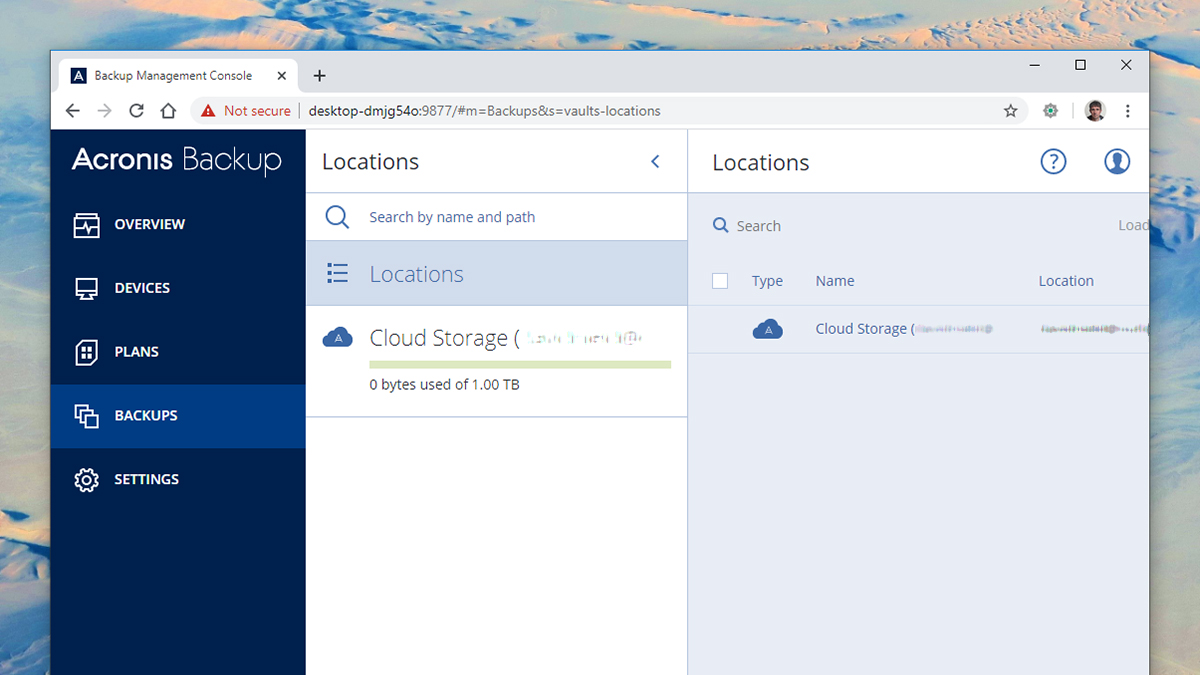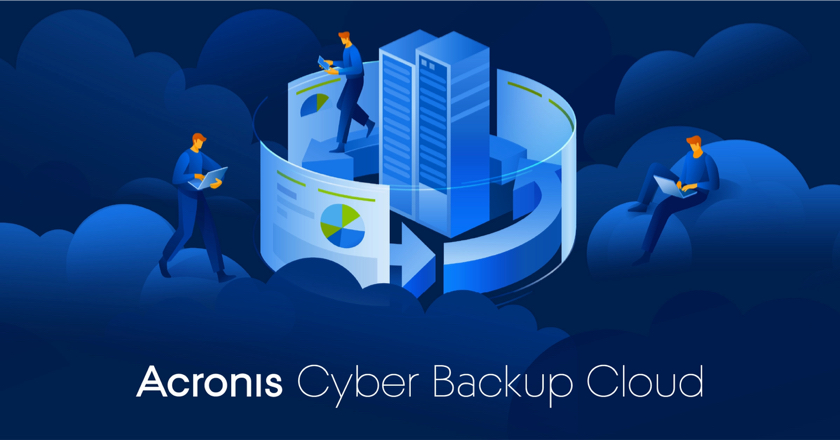
The Acronis Agent for SC//HyperCore connects to the Acronis Management Server and can backup and restore data directly to Acronis backup storage locations including cloud based backup storage.Īcronis Cloud Storage is available to purchase in one- or three-year terms, in increments ranging from 250GB to 5TB. It communicates with SC//HyperCore natively and contains a protection agent that enables customers to administer cyber protection for all virtual machines in the cluster and enables full virtual machine backup and recovery for the entire SC//Platform cluster. Acronis delivers enhanced data protection, disaster recovery, long-term retention, threat mitigation, and cloud backup on the SC//Platform.Īcronis for SC//Platform allows Acronis backup technology to easily protect and restore any workload running on SC//HyperCore on a host-basis, without the need to install or use any "in guest" backup agent, both simplifying and accelerating this function.

Acronis Cloud Storage exists only for one purpose – safety and security of your data.Scale Computing has selected feature-rich Acronis Cyber Backup 15 Advanced and Acronis Cloud Storage to sell directly to our Scale Computing Platform customers. Your data is safe on state-of-the-art Acronis software-defined storage, running Acronis’ patented implementation of Reed-Solomon data chunk distribution with outstanding redundancy and error correction. Your backups are stored on reliable Acronis Cloud Storage

The use of automatic uninterruptible power supplies protects against power surges in case of switching power lines and provides power support during the switchover to diesel generators. The data centers are powered by at least two independent power sources.

Electrical power systems of the data centers are designed to provide uninterrupted power supply to the entire infrastructure 24 hours a day, seven days a week. This ensures that if there is a failure in a hardware-layer component, it does not affect Acronis customers. Acronis follows the approach of need plus one (N+1) for greater redundancy across all hardware layers of its infrastructure. High-availability and redundant infrastructure are designed to minimize associated risks and eliminate single points of failure.


 0 kommentar(er)
0 kommentar(er)
